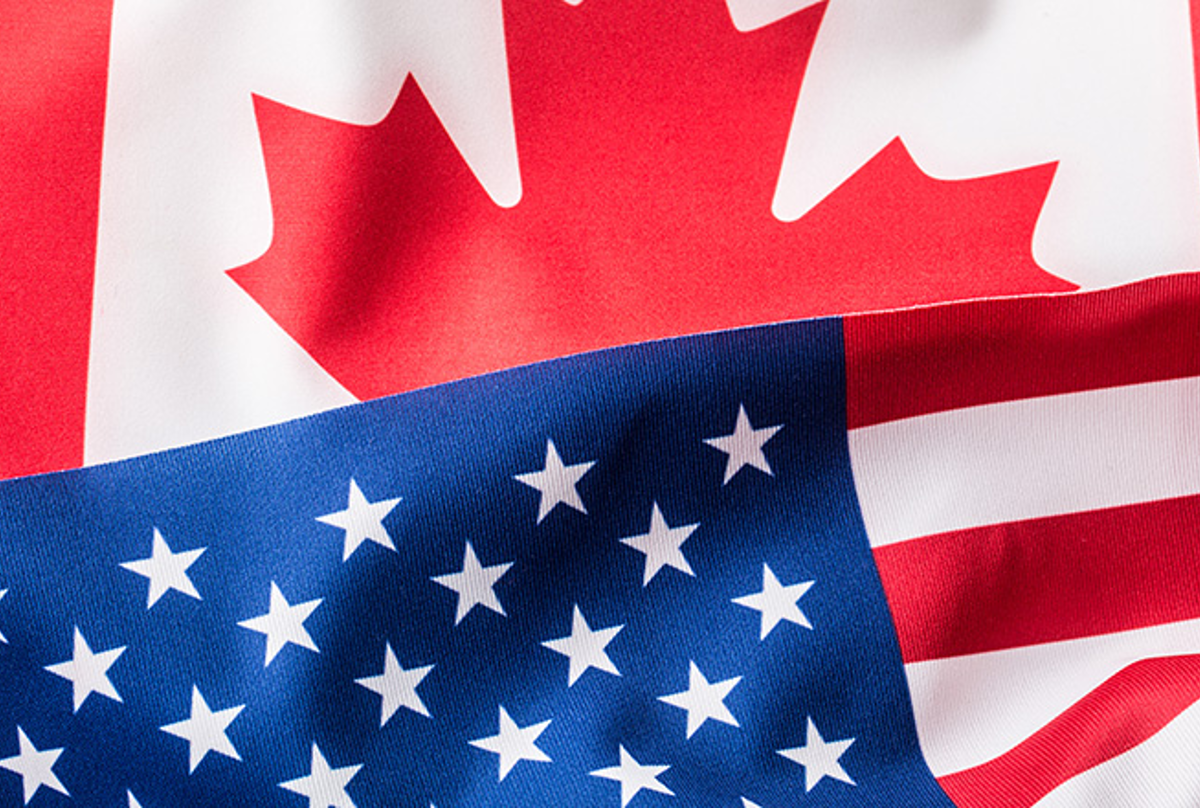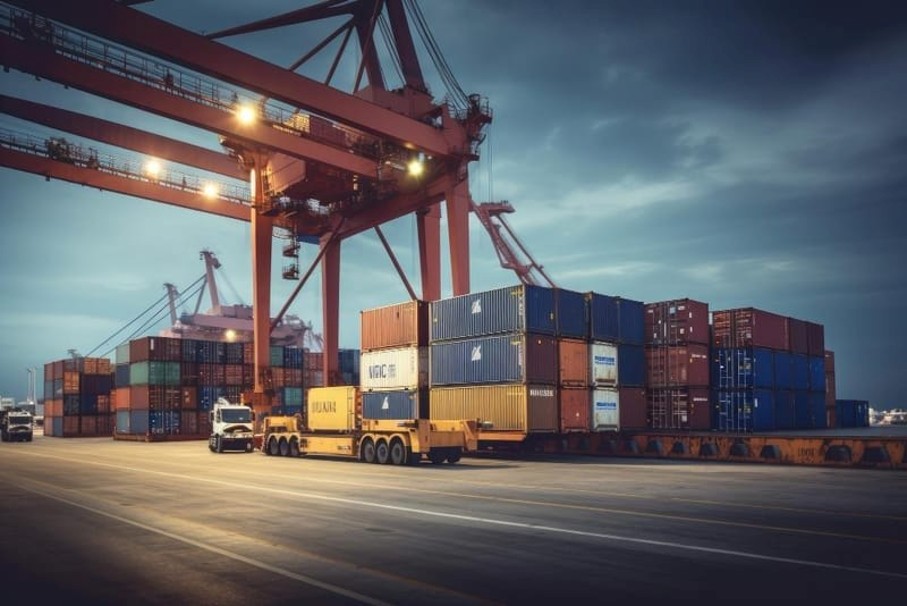Government/Policy
October 20, 2023
US, EU To Continue Talks on Steel, Aluminum Deal After White House Meeting
Written by Ethan Bernard
The EU and US made no concrete movement in reaching a deal aimed at addressing overcapacity and carbon emissions in steel and aluminum.
“We look forward to continuing to make progress on these important objectives in the next two months,” the US-EU joint statement said on Friday, Oct. 20.
The statement followed a meeting on Friday at the White House between US President Joe Biden; Charles Michel, president of the European Council; and Ursula von der Leyen, president of the European Commission.
They met to discuss what is officially referred to as the “global arrangement on sustainable steel and aluminum” as part of a US-EU Summit.
Recall that if a deal is not reached by the end of October, it could trigger the reinstatement of Section 232 tariffs on steel and aluminum from the EU.
The tariffs, and retaliatory measures by the EU, could kick in at the end of December unless the two sides make a deal. Section 232 tariffs, 25% in the case of steel, have been suspended against the EU since 2021.
The two sides “have made substantial progress to identify the sources of non-market excess capacity,” the statement said.
“We have also achieved a better understanding of the tools to address the emissions intensity of the steel and aluminum industries,” it added.
SMA Notes ‘Modest’ Progress
The Steel Manufacturers Association (SMA) said negotiators appear to have made some modest progress. “But both sides still have a long way to go to reach mutual agreement on some key issues.”
“It is important to the domestic steel industry that the tariff rate quota (TRQ) system implemented in 2021 remains in place as negotiations continue,” SMA President Philip K. Bell said in a statement.
The TRQs, or soft quotas, replaced the blanket Section 232 tariffs that had prompted Europe to retaliate against billions of dollars’ worth of imported American goods.
“Any proposal that holds open eliminating the TRQs for Europe before non-market excess capacity and climate issues are fully resolved should be unacceptable,” Bell added.
AISI Weighs In
“The American steel industry appreciates the US government’s ongoing efforts to negotiate a new international arrangement to address both non-market excess capacity in steel and the carbon intensity of steel imported from around the world,” Kevin Dempsey, president and CEO of the American Iron and Steel Institute (AISI), said in a statement.
“We are disappointed that to date the EU has not been prepared to agree to US proposals to establish new trade measures that can effectively address these two key issues, which are critical to the future of both the US and EU steel industries,” Dempsey added.
One big stumbling block is the carbon border adjustment mechanism (CBAM) system supported by the EU but opposed by the US. Additionally, the US is waiting on carbon emissions data from the International Trade Commission that will not be available until 2025.
Dempsey said AISI will “continue to advocate for an agreement that provides for meaningful and enforceable measures to restrict steel imports from all countries that contribute to non-market excess capacity, and that also provides for tariffs on imports of higher carbon emissions intensity steel products.”
The Takeaway
“It might be later than Oct. 31 before we have more details, and that is understandable given the complexity of the negotiations,” Bell said







